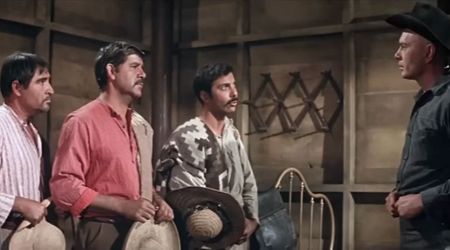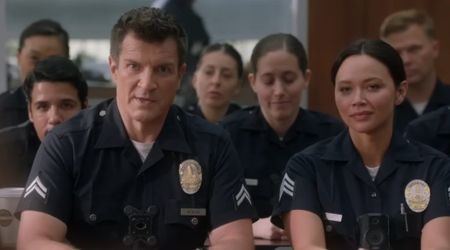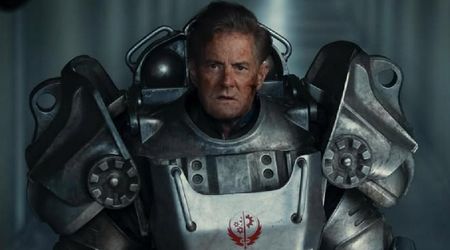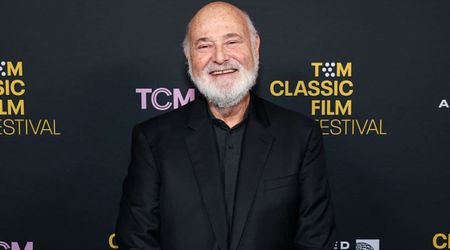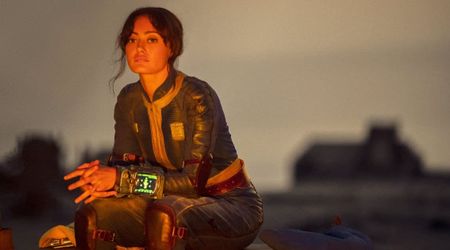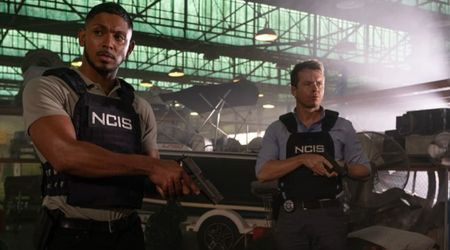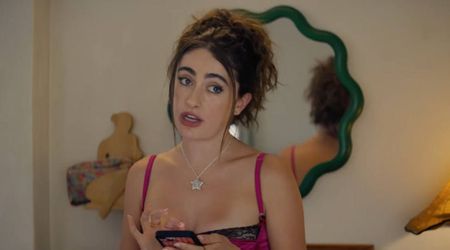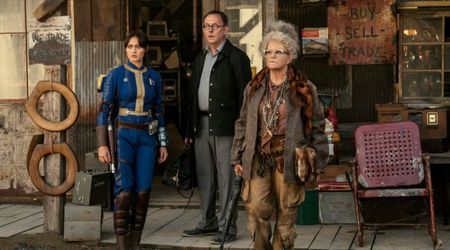‘Ragnarok’ Review: A distinctive fantasy thriller with quintessential Norwegian moviemaking chops

This review contains spoilers!
There is a catch in how pop culture can influence your extent of knowledge. The moment you hear a show named ‘Ragnarok’, your instant response would be to associate it with Marvel’s hit production. But let us tell you that this Norwegian original has nothing to do with the comic giant’s piece of work, except for the references to Nordic mythology of course.
After six hours of a joyride through the Nordic landscape, its small-town culture, and watching some of Norway’s modern faces in entertainment, here’s what’s going on in our minds right now.
Let’s start from the start. ‘Ragnarok’ is a story of two brothers Magne (David Stakston) and Laurits (Jonas Strand Gravli) Seier. But technically, it’s about Magne, and Laurits mostly plays a very passive-aggressive role, which culminates at the end. Magne is dyslexic, resulting in him skipping a few grades in school and joining a junior year in high school in the small town of Edda (fictional for the purpose of storytelling). Within days of his arrival, he experiences mysterious things happening to him, albeit after he encounters a strange old couple on the very first day. This is where we want you to note something if you haven’t already. The old man in the wheelchair with an eye patch and his wife are symbolic of the father of Norse gods, Odin and the Seeress, Heimlaug, who opens Thor’s mind to his latent powers. Note that Magne is our modern-day Thor, who will soon bring justice to his people and homeland reeling under the oppression of the giants.
One of the biggest highlights of ‘Ragnarok’s narrative is the use of mythological symbolism at every possible opportunity, making you feel that you might be watching a millennial show but you are very close to the ancient cultural and religious beliefs that make for Scandinavian heritage. And that makes this story simply beautiful and impactful for the viewer.
Take the Jutul family for instance. When you hear the word ‘giants’ in today’s time, you think of influential, powerful families of the society, who have the capabilities to rule over society and control everything they can lay their hands on. But when you bring in the reference of actual ‘giants’ from Nordic folklore, it doubles the impact. And that’s all the more perfect here because there’s a huge angle of climate change and environmental damage caused by the “evil giants” who exploit the town of Edda to sustain their ‘old world’ power as well as economic influence.
Whether it was Trym, the spooky dog of the Jutuls, representing Fenrir the wolf, or Laurits as Loki, the mythological references are the real threads that weave the modern plot into a fantastic tapestry of fantasy, history, action, environmental changes and conservation.
But don’t think even for a minute that ‘Ragnarok’ is only about old tales packed into a new narrative! Set in the present day, following Norway’s teenage tribe, there’s a whole lot of adolescent drama peppered with pulp fiction elements. Take the chemistry of Fjor(Herman Tømmeraas) and Gry (Emma Bones) for instance, when Fjor goes all mush and mellow in love and tries hard to protect his girl from his evil father. Or his sister Saxa (Theresa Frostad Eggesbø), being the typical high school ‘mean girl’ who has her ‘minions’ following her blindly.
Long story short, despite bringing a strong and unique concept to the table, ‘Ragnarok’ has not forgotten the ingredients that are needed to make a story completely entertaining for its target audience.
While we talk about narrative, plot, and so on, we must also spend a minute to talk about the show’s production value. Needless to say, the Nordic landscape is breathtaking as it is. With mirror-like lakes, towering Fjords, and snow-clad peaks, the cinematography makes you gasp every time there’s an outdoor scene. And did we mention how brilliant the art direction is? One look at the palatial home of the Jutuls and you can see what we mean. That’s very modern Scandinavian architecture at its best.
While we are talking about visual delights, how can we forget the aural experiences! The music of ‘Ragnarok’, if you pay attention is inspired heavily from Old Norse culture, Vikings civilization, and so on, creating the right impact for the story it tells. What particularly stole the show was the dance segues at the school Spring Fest when Fjor, Saxa, and surprisingly, Laurits break into demonic dance moves. Contrary to what many would have found “funny” or “strange”, it is actually a ritualistic dance form from the ancient times, performed by shamans, seers, and those invoking the gods during ceremonies.
It is a tad surprising how many critics and reviewers have analogized ‘Ragnarok’ to Marvel’s production or even movies that deal with dark and evil forces. For those who have an eye for detail and a penchant for mythology can see how perfectly this show has balanced the old and new and packed it into an entertaining product.
‘Ragnarok’ is currently streaming all six episodes on Netflix.


